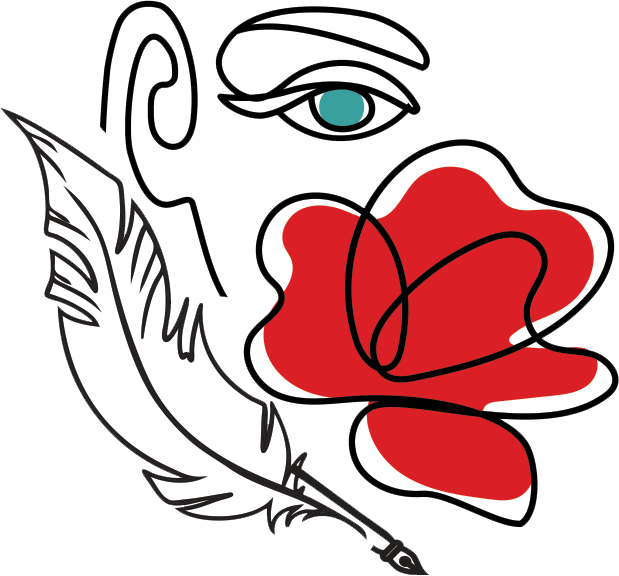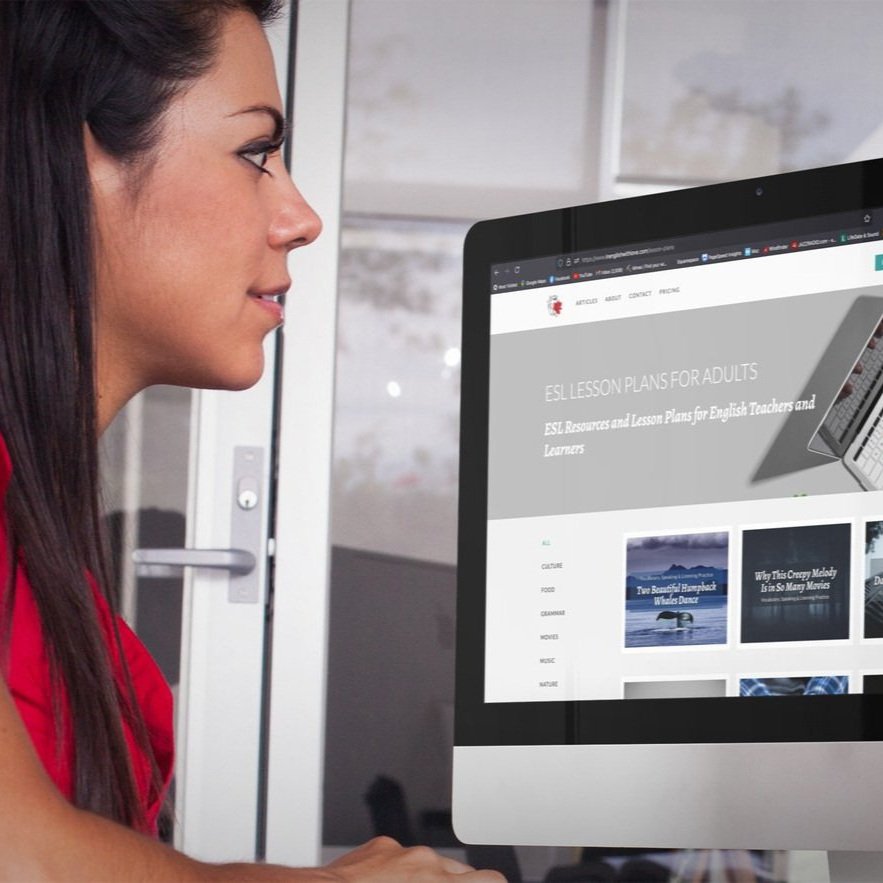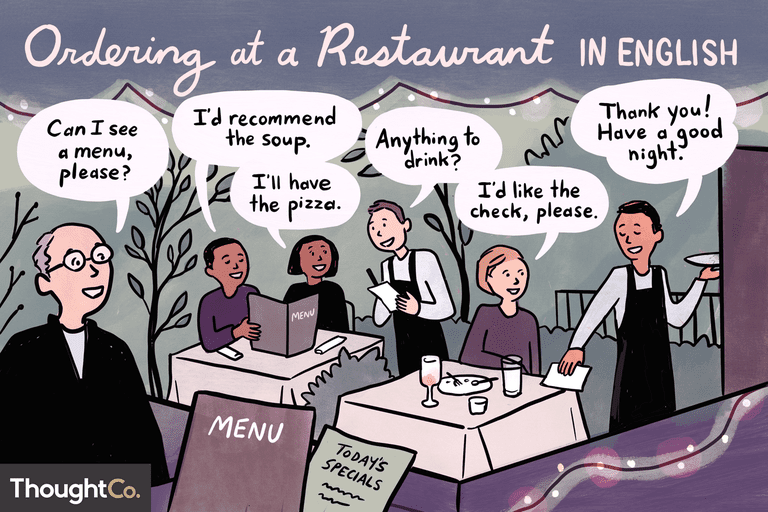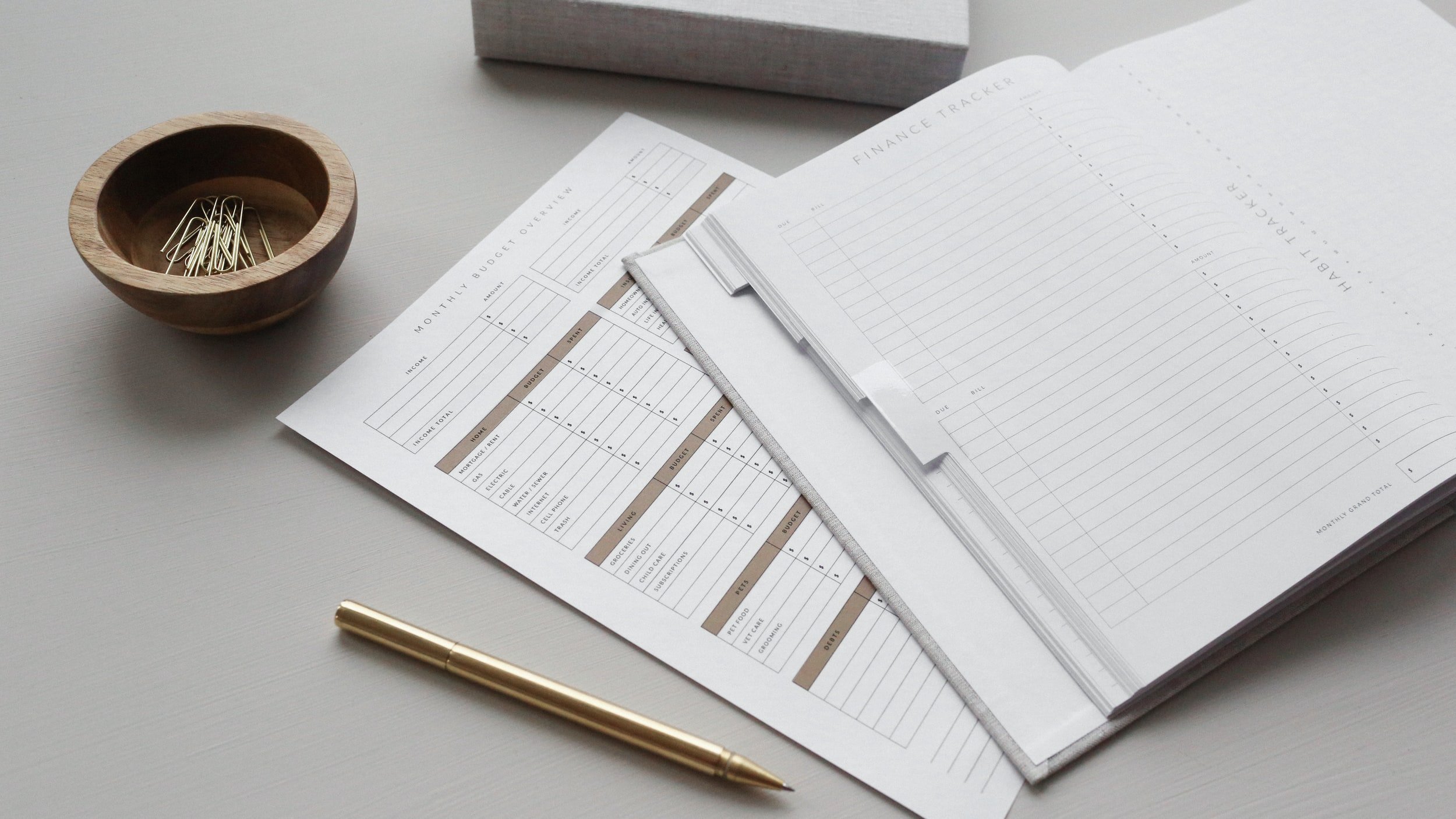AT, ON, & IN - Important Prepositions of Time & Place
I’ve never met an English learner who doesn’t struggle with prepositions in English.
In fact, whenever I ask my readers or clients what they need help with, almost everyone says the same thing: prepositions.
So, if English prepositions are driving you crazy, just know that you’re not alone! Prepositions are difficult because sometimes there aren’t clear rules. The only way you can learn them is to practice the common forms until they come to you naturally.
In today’s post, we’re going to look at a few tendencies that will help you understand when to use ‘at’, ‘on’ and ‘in’ for time and place. So, let’s get started!
Teaching English Just Got Easier!
Save hours of time with an organized collection of high quality, easy-prep ESL lesson plans and worksheets right at your fingertips.
ENGLISH PREPOSITIONS OF TIME AND PLACE
English Prepositions and Time
Generally speaking, we use ‘in’ for longer periods of time. As we move to shorter periods (days and dates), we use ‘on’. And finally we use ‘at’ for even shorter, more precise times.
AT for Precise Times
We always use ‘at’ for specific times. So we can say,
“I’ll see you at 8:00.”
“I have a break at noon.”
“Let’s meet at midnight.”
We also use ‘at’ for holidays (without the word day). For example,
“We only see him at Christmas and Easter.”
Exceptions
The exception to this would be for the word ‘night’. It’s not related to this rule, but we use ‘at’ with ‘night’. For example,
“Our cat usually stays out at night.”
“The streets get really quiet at night.”
ON for Days and Dates
We always use ‘on’ for days and dates. So we can say,
“Let’s meet on Friday.”
“She was born on the 17th of August.“
We use ‘on’ whenever we use the word ‘day’. For example,
“It snowed on my birthday.”
“We were born on the same day!”
“The mall is closed on Christmas day.”
Exceptions
The exception here would be for periods of the day such as the morning, afternoon or evening. For example,
“I’m always cranky in the morning.”
“I have a break in the afternoon.”
“We’ll see you in the evening.”
via Memes.com
IN for Months and Years
We always use ‘in’ for months or years. So we can say,
“He was born in 1988.”
“I’m taking my vacation in June.”
We also use ‘in’ for longer periods of time, such as decades and centuries.
“The industrial revolution started in the 18th century.”
Exceptions
An exception to this rule is the word ‘weekend’. Even though weekends are longer periods of time, in the US and Canada, we use ‘on’ with ‘weekend’ (maybe because it goes by so fast, that it feels like one big day!). So we can say,
“The office is closed on the weekend.”
“She always works on weekends.”
In the UK, it seems that the weekend goes by even faster, because ‘at the weekend’ is more common!
via Knowyourmeme.com
English Prepositions and Place
Generally, we use ‘in’ for places with boundaries. We use ‘on’ for surfaces (vertical or horizontal). And finally we use ‘at’ for precise places.
AT for Precise Places
We use ‘at’ for precise places, especially when it’s a meeting point. For example,
“I’ll see you at school.”
“Let’s meet at the club tonight.”
“I ran into a few friends at the concert last night.”
We also use ‘at’ when we talk about positions at an exact point. For example,
“I’ll wait for you at the bus stop.”
“Turn right at the next corner.”
Now, a common question I get is: “What’s the difference between at the restaurant and in the restaurant?”
The answer here depends on the context.
For example, suppose you and I were planning to meet right now. You call me to ask where I am and I say,
“I’m at the restaurant.”
Using ‘at’ here means that I could be at the entrance of the restaurant, in the parking lot of the restaurant, or actually inside the restaurant.
But if I say,
“I’m in the restaurant.”
Using ‘in’ here simply means that I’m physically inside the restaurant.
ON for Surfaces
We always use ‘on’ for surfaces. We can use ‘on’ for horizontal surfaces:
“I think you left your book on the table.”
“There is a big spider on the ceiling.”
“Don’t just leave your clothes on the floor!”
Think of buses, and trains as horizontal surfaces as well. So when we talk about transportation, we use ‘on’.
“I’m on the bus right now.”
“There are no seats left on the train.”
The exception here is the word ‘car’. We use ‘in’ when we talk about cars. That’s probably because we sit inside cars and we can’t stand inside them. So we can say:
“I’m in the car now.”
“We’re in the taxi on the way to you.”
We also use ‘on’ for vertical surfaces:
“There was a beautiful painting on the wall.”
And think of screens as vertical surfaces, so we can say:
“I think I’ve seen her on TV.”
“I like watching videos on my laptop.”
via Memes.com
IN for Places With Boundaries
The basic idea with ‘in’ is that we use it for places that have borders or boundaries whether they’re real or imaginary.
So, for example, we always use ‘in’ for countries or cities. So we can say,
“She was born in Italy.”
“I’d like to live in Brazil one day.”
We can also say,
“Let’s go for a walk in the forest.”
“They lived in the desert for three years.”
Think of it this way: forests and deserts have a beginning point and an ending point, so they have boundaries.
We also use ‘in’ when we talk about rooms, so we can say,
“Your keys are in the kitchen.”
“Did you see my phone in the bedroom?”
via Memes.com
I hope this was helpful! If you have any questions, let me know in the comments below. If your friends need help with prepositions, please share this with them. Thanks for reading!




















